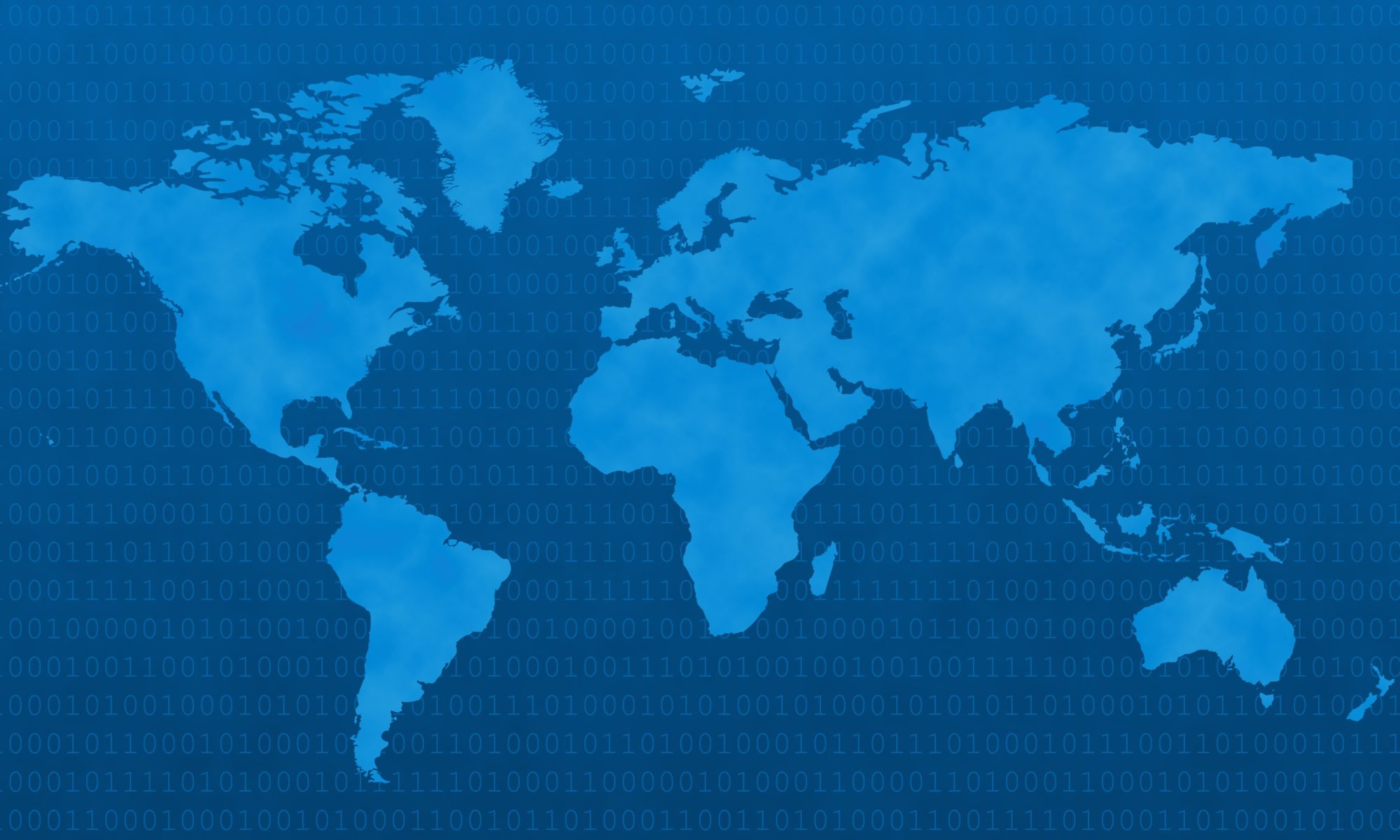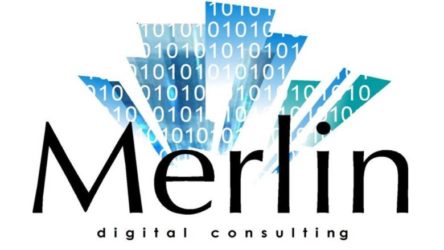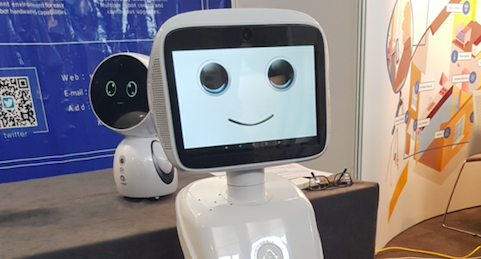Over the last two days I attended the Smart Summit in London. When I saw what was on the near horizon for the Smart Home, I remembered my recent ride in a Tesla – a real paradigm shift in customer experience, especially when the self drive button was pressed ! Tesla is here and now, the connected home is fast approaching – both have radical implications.
My key takeaways were:
Added value devices and services – From Alexa, to intelligent door locks (Nest latest announcement), movement detectors, leak detectors, alarms/sensors, robot cleaners, connected fridges…..almost endless and all connected to your smart phone and various back end AI/Machine learning platforms. I saw a great startup from Sweden called “Watty” (https://watty.io/) that closely monitors home energy usage down to each application. You get an alert if your oven is left on too long or if your gran, who lives alone, has not put the kettle on recently – love it.
But what’s the role of an insurer ? Insurance can be much, much more than the option of last resort but why would a consumer actually want a relationship with their insurance company apart from at renewal or when they claim ? Added value services must be provided – in context, very useful, importantly trusted, to get this much closer relationship off the ground. In the same way Vitality has shifted their offering from merely paying claims to considering their customers’ actual well being. All insurers have the opportunity to evolve their home insurance offering to a much more comprehensive means of looking after their customers’ homes. Owning the customer interface is a fierce battle ground with significant investment by the utility providers, telcos, tech providers, Google, Amazon, Apple etc.. who all know the size of the prize.
Potential added values services for Insurers – Examples of how an insurer can get closer to their customers: providing professional monitoring & security for the home when the occupants are on holiday, detecting the early signs of dementia, spotting early signs of washing machine breaking. Also motor vehicle CCTV – for realtime recording and sharing of what the driver sees plus facial monitoring to detect early signs of falling asleep, using a phone etc..
Changing business model: Even with great early adopters like Neos with their Hiscox partnership, the industry has yet to see the evidence that these smart IOT devices will materially reduce claims, especially those losses that cannot be avoided with such devices (wind/storm damage, subsidence, flooding). Also, with mass market home insurance being so price competitive (thanks in part to the aggregators) insurers do not have a lot of margin to play with in the first place, leading one presenter to boldly say “Go cheap, go niche or go home!”. Lower claims to fund investment in IOT devices is a gamble few can take, especially in a very price sensitive market. Intuitively though, more IOT monitoring should lead to less claims which in turn will lead to the expectation of lower premiums and even tighter margins – so something has to change.
Rich and very timely data – IOT should really be the “Insight of Things” due to the plethora of data that is made available. With the Neos IOT devices providing 1.2 million messages per property per year, there is no shortage ! But, actually using this data is another thing. As one presenter put it, he gets his innovation team to “put the telematic glasses on” – to move on from just pricing risks, to seeing the rich, meaningful, accurate and very timely data that IOT devices provide and the immense opportunities that this creates. For example, near realtime data from a telematics box in a car alerting the insurer that an accident had literally just happened and to instantly provide the necessary support. Also leakbots not just detecting leaks, but also automatically turning off the water supply. The approach was to harnesses technology and data to change insurance outcomes (or put more simply by one insurer, “stop the bad stuff from happening”) – which, at the end of the day, is what every consumer really wants.
Approach to innovation – All the innovation examples presented had common themes; focus 100% on the customer and their needs, taking a hypothesis and either proving or dis-proving it quickly and cheaply, using small autonomous, fully empowered and cross-functional teams, building to think, not thinking to build, success measured by the amount of learning (not ROI). I loved the quote from the creator of a drone to assess crop damage in France “you can’t innovate sitting in your office preparing powerpoints.”
Accessing customer data – Unless consumers see a direct benefit from sharing their data, they won’t. All the Tesla drivers are keen to help the futuristic movement towards self driving cars by freely contributing their data – its inherently a part of the emotional package. Data exchange is actually a value exchange and is by no means a given. There needs to be absolute clarity of use (especially given GDPR), a high level of transparency and importantly trust.
Big challenges with IOT:
1. Devices are still expensive – when leak detectors cost £2 rather than the current £20 to £40 cost, then flood gates will open !
2. Insufficient security and data protection
3. Lack of standards leading to poor inter-operability (especially between eco-systems)
4. Too complex and daunting especially self installation
Cyber Security/Privacy – With many devices connected to the internet, security is paramount, but there’s no current framework in place to drive common standards (especially for voice) and security very expensive to put in place and also maintain.
Impact of voice interface – Almost half the audience had Alexa ! Voice interface is a big threat to existing tech players who will need this very quickly (why get an app up on your phone if you can just talk to a speaker ?). Alexa first has to get immune to South Park…South Park Alexa prank
Non-Insurance perspective – I love the fact that digital disruption completely ignores established boundaries – be it industry, organisation or function. During the conference I saw many technologies and use cases that cut across traditional industries (Smart Cities, 5G, AI). Taking part in such cross-industry events is important. We need to avoid the trap of “we in insurance know best…right ?” To quote one presenter, he sometimes sees “insurance companies all together, breathing our own oxygen and getting high on it”. This conference was a breath of fresh air.
In summary – Just as Tesla is disrupting the automotive industry, this summit clearly illustrated that IOT will be a massive game changer. Connected devices will radically challenge the traditional insurance model with consumers demanding more. The only question is when this rich mixture of increasingly cheaper connected devices, prolific data and many added values services will reach mass market. The innovative insurers know this. Experiments have started so they will be ready for when the IOT smart home, pet, car…..becomes mainstream and it will.
David Clamp
Managing Director
Merlin Digital Consulting Ltd
“As digital as possible, human where it counts….”
https://www.linkedin.com/pulse/future-insurance-connected-homes-david-clamp/


